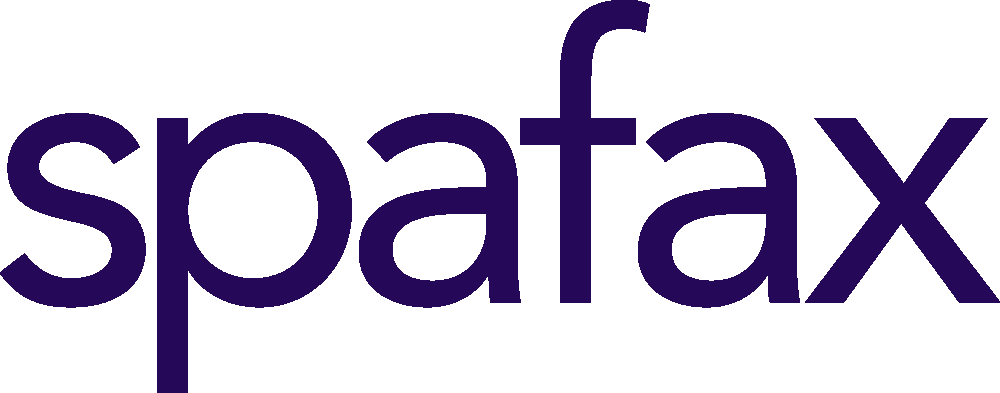In Perspective: Uncovering Wireless IFE’s Golden Opportunities
Earlier this year, Netflix announced that it will no longer be streaming Friends, one of its most watched TV series. The streaming service paid over US$100 million to keep the show until the end of 2019 but alas Warner Bros. reclaimed the series earlier than expected. Same thing happened with The Office – another Netflix top series – which was withdrawn by NBCUniversal for its upcoming streaming service.
In the coming months, new subscription video on demand (SVOD) services are going to give the likes of Netflix and Amazon Prime a run for their money. Disney+ is set to launch November 2019; HBO Max, spring 2020; Apple TV+, fall 2019; and NBCUniversal in 2020. And according to Grand View Research, the global video streaming market size is anticipated to reach US$124.57 billion by 2025.
But what do the changes in the SVOD service landscape mean for the world of in-flight entertainment (IFE)? I sat down with two content experts at Spafax to discuss the trends and opportunities for our industry. With over 20 years of combined film and TV market experience, Andrea Whyte, Director of Commercial Content Strategy and Emma Gunn, Director of Acquisitions & Content Partnerships, weigh in.
Natalie: Since the rise of SVOD media platforms, like Netflix, combined with passengers bringing their own devices on board, some in the IFE industry predicted the decline of seatback screen content. What’s happening with studios and content owners as a result?
Andrea: In-flight entertainment has the opportunity to act as the perfect content aggregator combining the newest entertainment passengers can’t get through their current subscriptions with the buzzy titles they’ve been meaning to catch up on. As such, many major studios have been receptive to moving up access to early-window content on wireless IFE and maintaining an early window for seatback screens. And this is content that passengers can't get on their own personal devices right now, a lot of these early-window movies aren't on Netflix, they are not on Amazon, they are on the IFE system.
Natalie: What are the opportunities at hand with wireless IFE that airlines need to be aware of?
Emma: One of the things we hear more often from passengers is that they feel disconnected to events happening on the ground. They're missing out on all their favourite shows be it the last episode of a series like Love Island, live concerts, festivals or even world events such as local or global news feeds, especially with the likes of Brexit and political debates. [Spafax is] excited about the entertainment opportunities that connectivity allows an aircraft, especially when it comes to live broadcast and events.
Andrea: The industry has come a long way with wireless IFE streaming services over the past five years. And with improved technology and access to more content, we think that we have the opportunity to offer a premium experience for airline passengers. When wireless IFE first came to the market, passengers were used to seeing a service filled with old classics and short-form content – the idea being that passengers wanted short-form on shorter flights.
Natalie: Is that still the case today?
Andrea: Surprisingly, we've found through our proprietary analysis that passengers are actually behaving on these short-haul flights like they would at home or on the go. When people are turning on their Netflix app, they are selecting long-form movies, or binging boxsets even when they're commuting for shorter periods of time.
Natalie: What’s the opportunity here to create a premium passenger experience?
Emma: There are opportunities through exclusive brand partnerships, especially when it comes to theatre or concerts or, any number of celebrated events. Delivering live comedy or delivering live events up to the aircraft, life from the festival in conjunction with performances on board – all of this offers a great opportunity for PR for both airline and the brands involved. It brings a bit of fun into the entertainment as well, which is what it’s all about.
Andrea: The key to creating a great passenger experience on these systems isn't just about providing them with great content. It's about making sure that passengers can find exactly what they want to watch as quickly and easily as possible. Airlines must optimise passenger experience by stepping away from huge GUIs that are only focused on providing volume. Passengers don't want to necessarily search through 400 titles to find new movies and TV shows that they would want to watch. What they want to be able to do is see a curated experience just for them – especially frequent flyers, who want to find something quickly so they can sit back and relax.
We need to focus on creating that efficient kind of customer experience and one of the ways to do that is through personalisation. With our Spafax Profile solution for example, we're able to offer airlines a customisable GUI in order to deliver that 'best of' content right up front.

